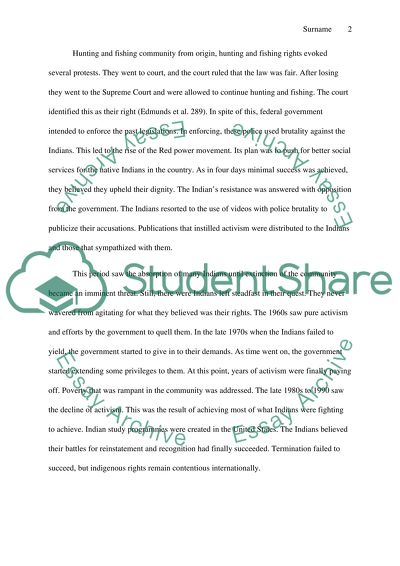Chapter Review Book Report/ Example | Topics and Well Written Essays - 500 words - 1. Retrieved from https://studentshare.org/education/1592885-chapter-review
Chapter Review Book Report/ Example | Topics and Well Written Essays - 500 Words - 1. https://studentshare.org/education/1592885-chapter-review.


